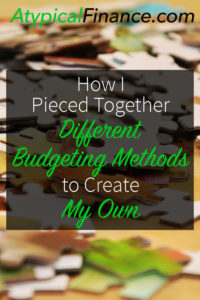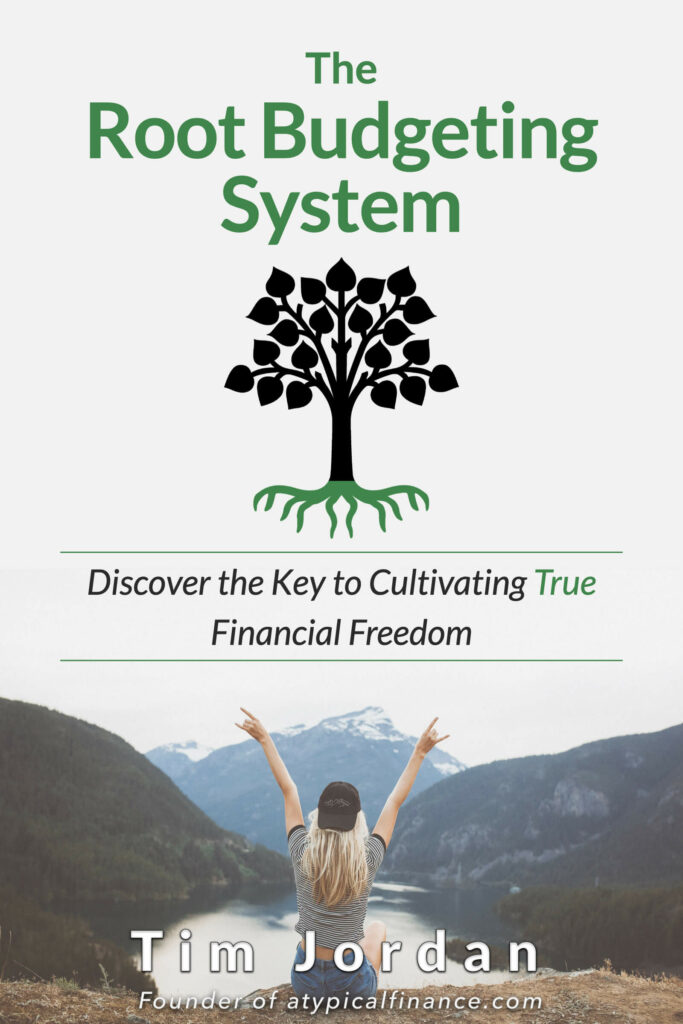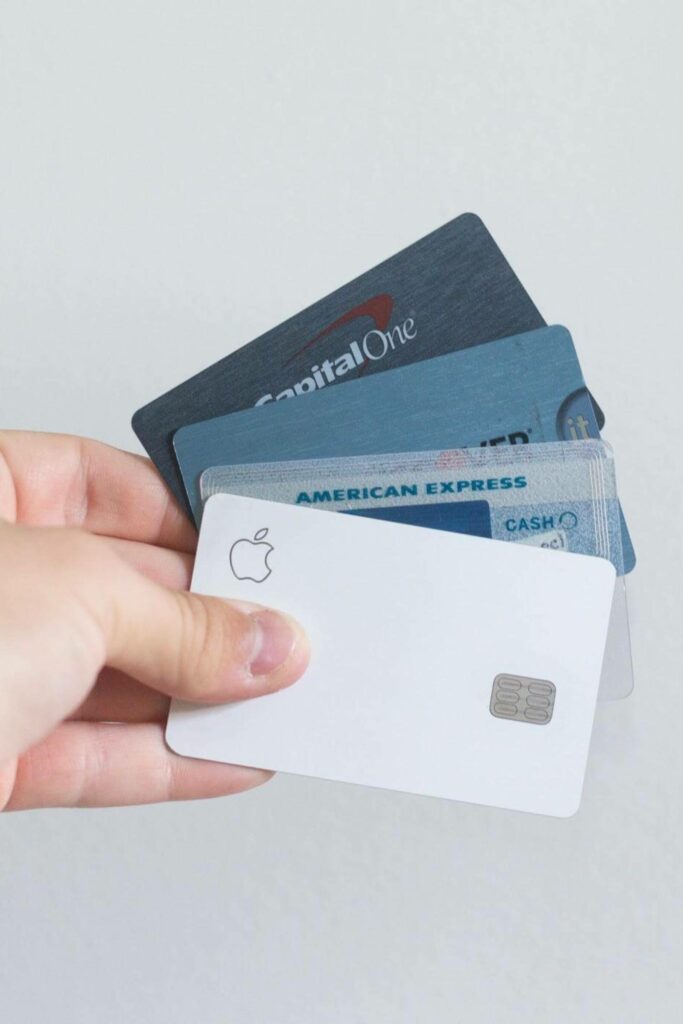In my last post, I provided you with the seven best budgeting methods that are around today. I also mentioned that I have used different budgeting methods to create a budget that is right for me and my family.
Today, I want to show you what I took from each of the methods I went over last week. I want to show you what’s possible by pulling what’s best for you rather than trying to adhere to one person’s idea of the best budget, including my own. My idea of the best budget is the budget that works for me. Your best budget will be the one that works best for you.
Phew! That really takes the pressure off, doesn’t it? That means that if you are using a particular budgeting method and there is one aspect that isn’t working for you, then you are free to swap it out for something else. You could even simply remove it if you want to!
That brings new meaning to the phrase financial freedom! 😉
So let’s look at what I’ve taken from each budgeting method.
My Budget Revisited
As I mentioned, I have used different budgeting methods to create my own budget that works for where my family and I are at. I used portions of almost all of the budgeting methods I outlined last week. Below is a quick recap of what each method consists of and what I’ve taken from each one.
Note: If you have the time, I encourage you to read my post on these methods for an in-depth look at each one, who should be using them, and what to watch out for. It’s linked in the first sentence of this article.
The Balanced Money Formula
This method uses the 50-20-30 approach. 50% of your income is put toward your needs, 20% toward saving, and 30% toward your wants.
What I’ve Taken From This Budget
This budget inspired me to organize my budget into needs and wants. I don’t quite follow the exact 50-20-30 numbers because that’s where we are in life right now.
I find organizing my budget by needs and wants helps me to keep things in perspective. If I’m struggling to stay within my grocery budget month after month, then I’m going to do what I can to either save more or raise the budget. Since it’s a need, it’s not something I can simply cut out like a want. I literally need it to live!
On the flip side, having all of my wants organized together gives me a short(ish) list of the things I can cut out if we have a change in income or we want to save more. I can pull up my budget and go right to that section to make some changes. Easy peasy!
I also don’t save quite as much as the 20% suggested by this method. My wife and I each put a percentage of our paychecks into a company matched 401K, but the remainder of our budgeted savings is being used to finish paying off debt for now. We want to be completely debt free besides our mortgage.
We’ve already paid off a big chunk, and the goal is to finish paying off the remaining $9,700 by August of this year using some of these methods.
 Cash-Only Budgeting
Cash-Only Budgeting
Sometimes called envelope budgeting, this method uses cold hard cash that you put in envelopes that match your budgeted categories. Once you run out of cash in, say, the dining out envelope, you are done for the month.
What I’ve Taken From This Budget
I use the concept of “when it’s out, you’re done” on all of my budgeted categories. If we have $10 left in our family dining out budget, we either go out for ice cream or save it for next month. Most of the time we will never go over.
The reason for this is pretty obvious. Making sure we stay on target with our budgets allows us to reach our financial goals a lot quicker than if we were spending money left and right.
I do want to stress that I say most because there are times we have some friends or family that are free to go out and we end up going a little bit over on budget. To get around this, we will take unused money from other budgets such as our fuel budget. This ensures that if we go over budget in a category, we don’t spend any more than we should for the month as a whole.
Zero-based Budget
This budget uses the methodology that your income should match your expenses. Essentially, you are “giving every dollar a job.” This means that everywhere your money goes is an expense, including saving.
What I’ve Taken From This Budget
This is the one budget that I can’t really do. There is no room to wiggle, and I need wiggle room. Believe me, I’ve tried to incorporate this into our budget several times. However, I’ve found that it is pretty much impossible for me to give every dollar a job.
If something comes up while using this method, I feel like I’ve failed if the job I gave a particular group of dollars is ultimately not what it’s used for. I feel bad if I have to take money from one category and give it to another. With creating my own budget, I don’t have that pain.
And that’s ok because everyone is different.
The one thing I have taken from this Zero-based Budgeting is treating your savings like it’s a bill. Most months, our savings—which, again, is going all toward debt right now—is non-negotiable. It is like a bill and we all know that we should pay our bills. 😉 Doing this makes sure we are saving.
The 60% Solution
This budget is similar to the Balanced Money Formula in that there are several large categories rather than all of your little categories normally found in a budget. 60% goes toward your bills—literally all of your bills. It is referred to as your “committed expenses” category.
The remaining 40% is equally split up between retirement, long-term savings, short-term savings, and fun money.
What I’ve Taken From This Budget
This is the one budget on this list that I haven’t tried. I must say that it intrigues me! As I mentioned, I’m going to try out my current budget for another month or two and then see where I’m at. I’m considering seeing how my expenses line up with the percentage before jumping in as well.
This budget is very interesting to me because it is more basic than my method, but a little more complex than the Balanced Money Formula. I’m a firm believer that a budget needs to be easy to maintain to help you stick with it, but not too easy to where you are missing expenses or goals.
If nothing else, I may do what I’ve done with the Balanced Money Formula and use the percentages as a baseline and then break them down from there.
The “No Budget” Budget
The “No Budget” Budget is probably the “lightest” budget of the bunch. Essentially, you are only making sure that you are not spending more than you make. Everything else is free game.
Usually, people will have automatic deposits for saving and bills so they always make sure those are paid. Then, they will do what they want with the rest without worrying about amounts. It truly is freeing.
What I’ve Taken From This Budget
After we paid off $26,000 in debt, I briefly flirted with the “No Budget” Budget. Admittedly, I was a little bit burnt out from being so strict with my finances. I was also curious to see what would happen so I used this method for a couple of months. I still kept track of how much we spent as to not go negative in our checking account or miss a bill, but I didn’t care how much we spent for extra things like eating out or entertainment.
What I’ve taken from this budget is that it’s ok to do in short spurts, at least for me. I’ve learned that I wouldn’t be able to do this for a long period of time without losing control of my finances.
While I do believe it was necessary to unwind from the strictness of paying off our debt, I can’t help but feel there was a little bit of a missed opportunity to start the last leg of our payoff race. Either way, if I were to do this again, I would make sure that all of our bills and savings were automated and then see what happens from there.
Values-based Budget
The Values-based Budget is where you spend money solely on your values and is for the more disciplined money saver. Write down what you value and that’s what you can spend money on. Then, don’t spend money on the rest.
So if eating out is something you really value instead of cooking at home, you would make concessions to not spend so much on groceries so you have money to go out to eat. If travel is your thing, you could forego the bi-yearly phone upgrade in favor of more travel.
Word of advice, even if you don’t value your bills, still spend money on them. Trust me on that one. 😉
What I’ve Taken From This Budget
Over the past three or four years, I’ve really done a lot of searching to figure out what I value. I believe that whether you are budgeting solely based on your values or using a different method, it’s important to know what you like and what fulfills you. This makes it easier for me to spend money on what I value and stop spending money on the crap that is more clutter in my life.
The Outcome of Creating My Own Budget
I hope you can see that I don’t really have a budgeting method that I follow. Rather, I’ve created my own. This is one of the biggest successes I’ve had with money. Why? Because creating my own budget has allowed me to build a budget I can actually stick with.
I was able to pay off $26,000 in debt in 11 months because I created my own budget. In that same 11 month period, I also went to Disney World twice and Colorado twice. We are by no means rich, but building our own budget made this possible.
During the 11 months, we also did not skip out on things like eating out as a family, going out on dates (with my wife!), and buying things occasionally. All of this was possible because I created my own budget, rather than strictly following a set method.
Creating a budget that works for me also helped in purchasing our home. Instead of using the bank’s maximum lending amount, we used our budget to figure out how much home we could actually afford. This means that we didn’t have to make any major lifestyle changes or stop doing things to be able to afford our home.
In short, creating your own budget is going to be one of the best things you can do for you and your money, if not the best thing.
Next week we’ll tackle exactly how to create your own budget and one that works for you and is you.



















